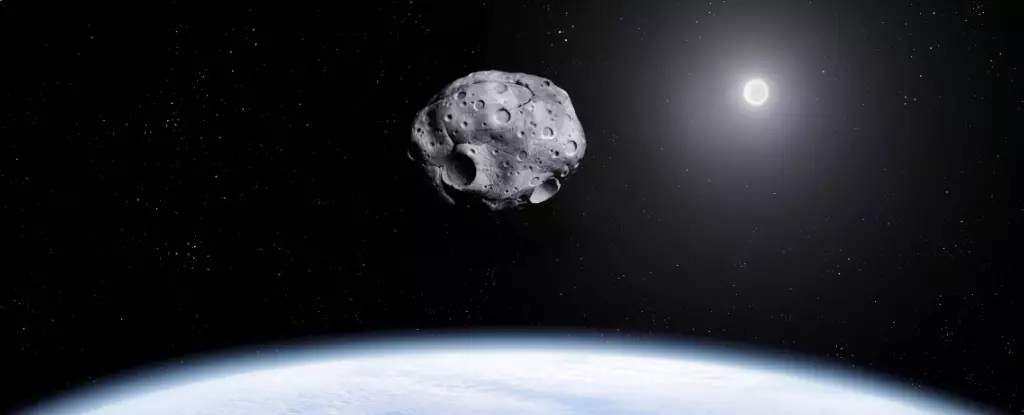Recent assessments from the European Space Agency (ESA) have significantly lowered the threat level posed by the asteroid known as 2024 YR4. Originally, there was a concern that this football field-sized asteroid—measuring between 40 and 90 meters—could collide with Earth in December 2032, with initial probabilities of 3.1 percent reported by NASA and 2.8 percent by the ESA. However, after comprehensive observations and analyses, the probability of a direct hit has been reduced to a mere 0.001 percent. This remarkable drop in risk serves as a reminder of the importance of ongoing celestial monitoring, showcasing how advancements in technology and collaboration among international space agencies can lead to more accurate predictions.
The re-evaluation of 2024 YR4 has also impacted its classification on the Torino Impact Hazard Scale. Just a week prior, the asteroid was rated at a level three, indicating a significant risk; it has now been downgraded to level zero, reflecting a non-threat status. The swift alteration of the risk level demonstrates both the efficacy of current detection methods and the dynamic nature of asteroid monitoring. Such fluctuations in risk assessment can create public concern, and it is essential for space agencies to effectively communicate findings to alleviate fears and ensure clarity. The collaborative efforts of the planetary defense community have kept the public informed while highlighting the robust nature of our tracking systems.
Amidst this excitement over the reduced threat of 2024 YR4, it is vital to recognize the ongoing advancements in technology that are enhancing our asteroid detection capabilities. The James Webb Space Telescope, while primarily known for its contributions to the study of distant galaxies, will also observe the asteroid in the coming months to gather more data. This multi-faceted approach to asteroid monitoring illustrates how various scientific tools can work together to provide a comprehensive understanding of potentially hazardous objects.
NASA’s successful Double Asteroid Redirection Test (DART) mission in 2022 has set a precedent for future planetary defense efforts. By demonstrating our ability to alter an asteroid’s trajectory through kinetic impact, it has provided a practical strategy for mitigating the threat of an eventual collision. Richard Moissl, head of the ESA’s planetary defense office, reflects on the importance of early detection and continuous improvements in our technologies to ensure the future safety of our planet.
As we move forward, several initiatives such as the Vera Rubin Observatory and the Flyeye telescope will enhance our capacity to detect and monitor near-Earth objects. Planning for Europe’s NEOMIR early warning mission underscores the ongoing commitment to identifying potential threats before they become critical concerns. With the lessons learned from the current asteroid assessment, it is clear that persistent vigilance, improved technology, and international collaboration are crucial components in safeguarding Earth from future asteroid risks. The events surrounding 2024 YR4 serve as a vital reminder of the delicate balance between nature and technology in the quest to protect our planet.


Leave a Reply